
There are many challenges regarding the sun when it comes to gardening. There’s too much, then there’s too little. For example, some fruit trees thrive in shady backyards — except most trees do require full sunlight. This is why pruning is necessary. And then there are those conditions where too much sun can affect our plants.
Contents
- Large shade trees
- Small flowering trees
- Evergreen shrubs
- Flowering shrubs
- Perennial plants
- Annual flowers
- Edible plants
Afternoon sun is challenging. Direct sunlight between midday and sunset is the most intense exposure. Although some plants are labeled for “full sun,” extended exposure in that hot afternoon sun may be too much — not all of these are suitable as afternoon sun plants. This is especially so if the sunlight is further intensified by a wall or fence that traps and reflects the sun’s heat during the day, then continues to radiate heat after sundown. These tough areas require tough plants.
Recommended Videos
Since every landscape is unique, there could be a variety of solutions to dealing with excessive sun exposure. Perhaps there is ample space to reduce the sun’s intensity by shading the area with trees or large shrubs. Or maybe the home entrance faces west and needs a few nice foundation plants or an accent flower bed for curb appeal. Regardless of the scenario, this list of afternoon sun plants offers a variety of solutions.
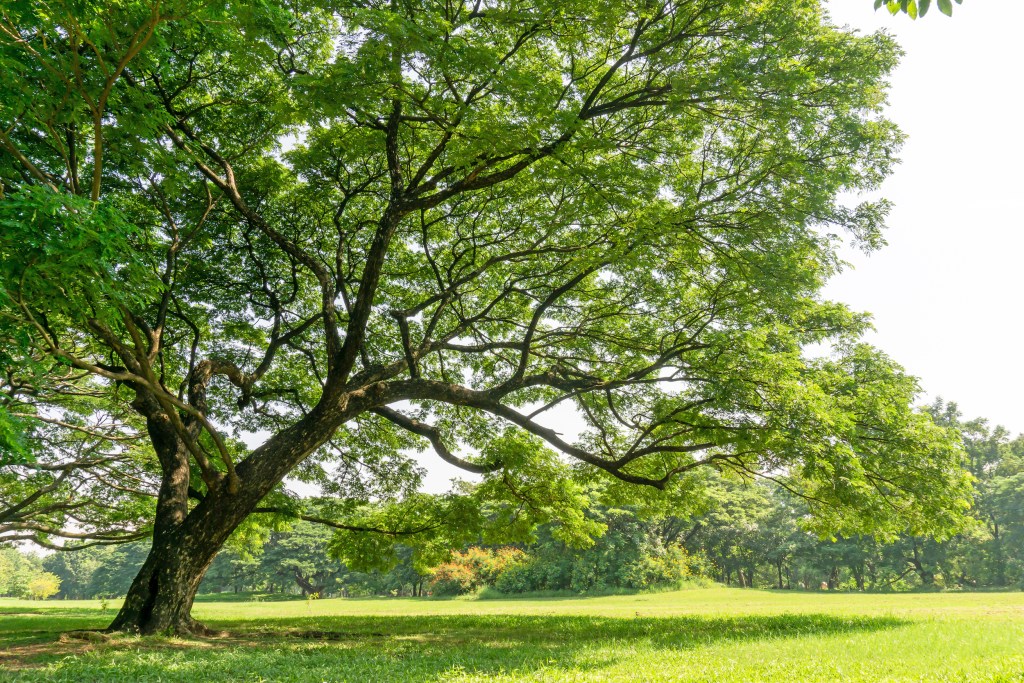
Large shade trees
If space permits, planting a shade tree can help. Trees that grow tall cast pockets of shade that move across the landscape as the angle of the sun changes through the day. The temporary shade that they provide gives smaller plants a bit of a break from the heat and helps the adjacent soil to retain more moisture. For easy maintenance, choose tree species that won’t drop large fruits, nuts, or flowers, like:
- Celtis occidentalis (common hackberry)
- Acer rubrum (red maple)
- Acrocomia aculeata (macaw palm)
- Aesculus californica (California buckeye)
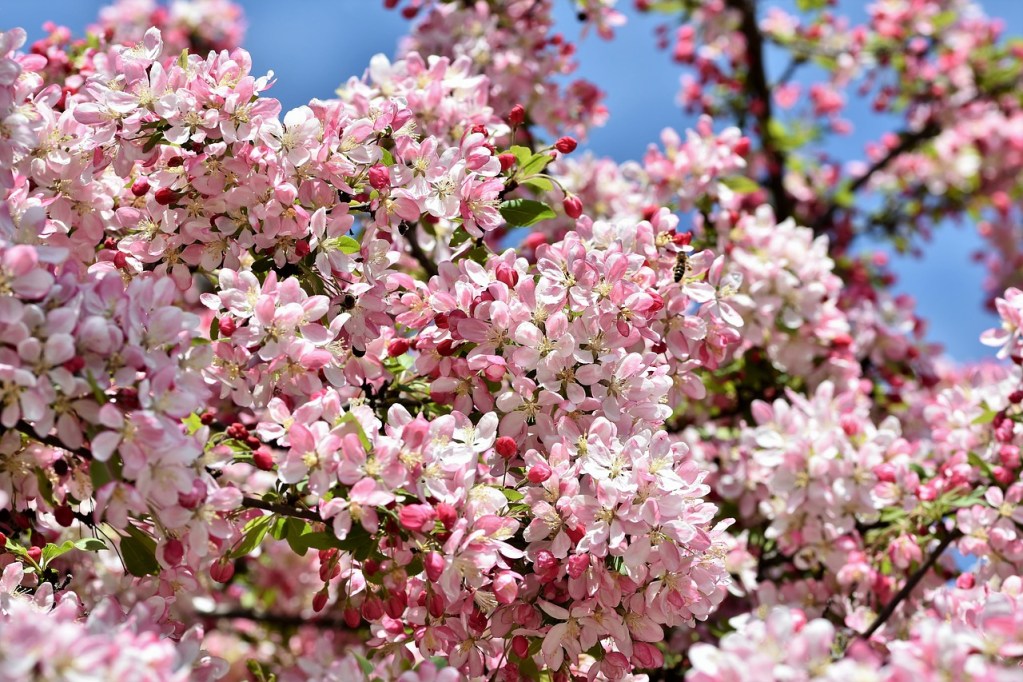
Small flowering trees
Lush flowering trees add ornamental beauty and structural interest to the landscape. Many selections grow best in the understory beneath larger trees and struggle in locations with intense sun and heat. Plants that can tolerate late afternoon sun and reward you with gorgeous bloom displays will be:
- Malus species (flowering crabapple)
- Lagerstroemia indica (crepe myrtle)
- Prunus x cisterna (purpleleaf sand cherry)
- Magnolia stellate (star magnolia)

Evergreen shrubs
If the landscape is a room, then evergreen shrubs are the furniture. Often used to accent entryways, add interest to large wall expanses, or to create living screens, evergreen shrubs are vital to effective landscape design. Of course, not all perform well in intense light and heat.
- Thuja occidentalis (arborvitae) grows to a pillar shape that is ideal for creating privacy screens or accenting tall entryways and corners.
- Ilex crenata (Japanese holly) features round, evergreen, boxwood-like leaves and a globe-shaped growth habit that makes it an excellent landscape filler or neutral screen to highlight low-growing shrubs or perennials in front.
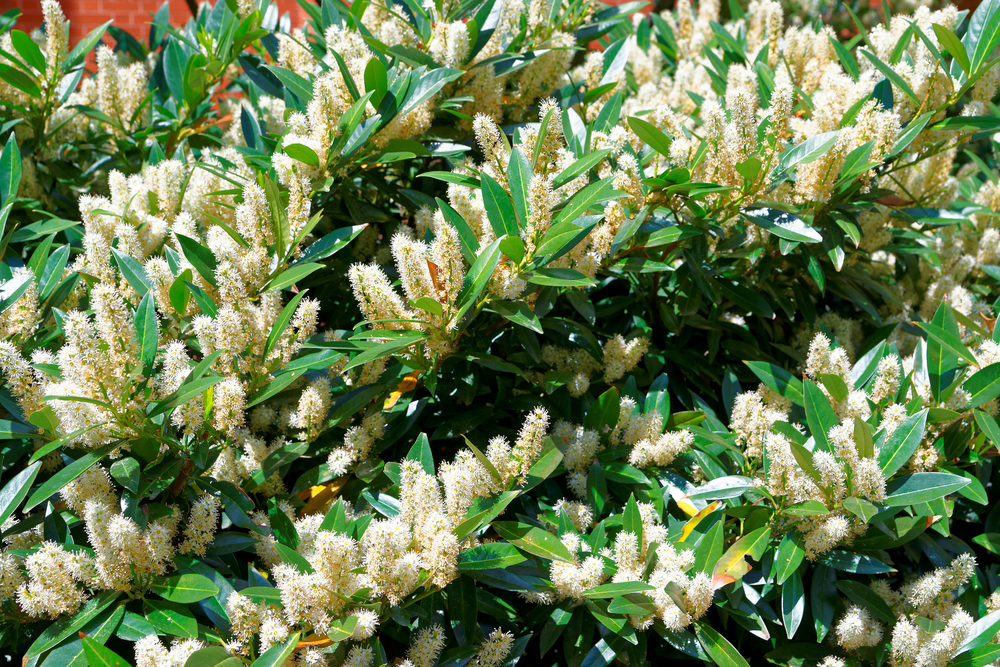
Flowering shrubs
Flowering shrubs, whether evergreen or deciduous, add seasonal interest to the landscape with their bloom displays and, in many cases, foliage color. Layer them in foundation plantings among evergreen shrubs, or use them to create accents and focal points throughout the landscape. Choose flowering shrubs that will tolerate the afternoon sun and give multiple ornamental seasons.
- Numerous cultivars of Abelia chinensjis (abelia) offer green or variegated, evergreen to semi-evergreen foliage, and either pink or white flowers in midsummer.
- Itea virginica (sweetspire) displays white flower panicles in early summer, brilliant burgundy foliage in autumn, and red stems throughout the winter.
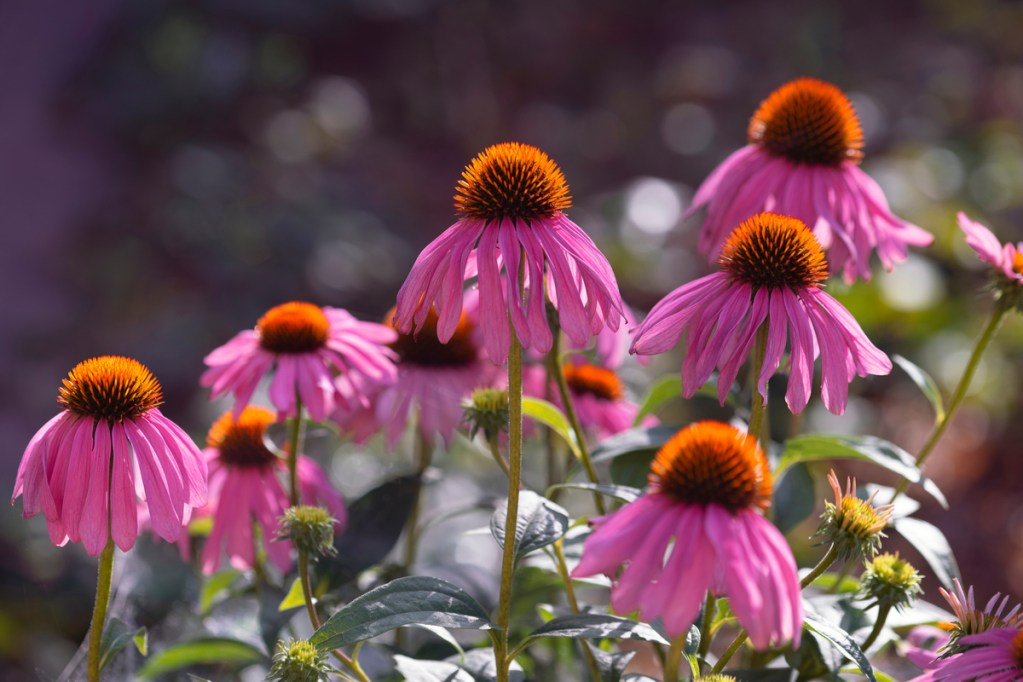
Perennial plants
Perennials are herbaceous plants that grow back from the root year after year. Most are planted for their weeks-long flower displays. Include different species that bloom in spring, summer, and fall, as well as different plant sizes and flower types for a dynamic display that changes throughout the growing season. The best perennial afternoon sun plants are both sun loving and drought tolerant.
- Salvia nemorosa (meadow sage) grows low to the ground and produces purple flower spikes in spring.
- Coreopsis auriculata (tickseed) produces a profusion of golden yellow flowers in late spring to early summer.
- Echinacea purpurea (purple coneflower) is a tall midsummer bloomer with pinkish-purple flowers.
- Hylotelephium telephium (autumn joy sedum) is a mid-height succulent that produces pink buds in late summer, followed by red flowers in fall.
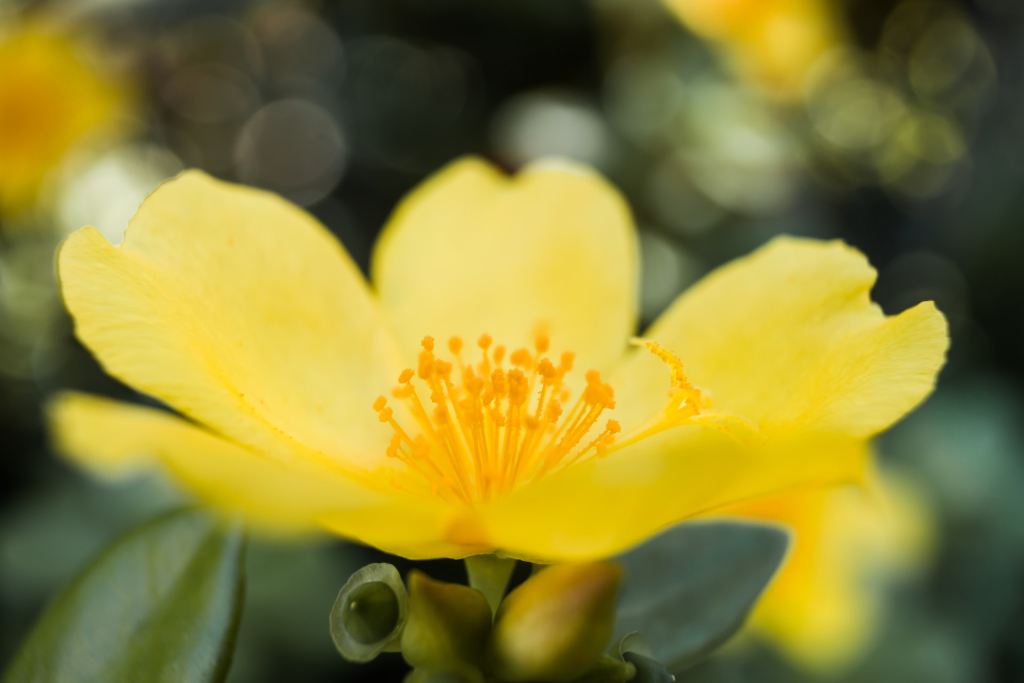
Annual flowers
Annual flowers live out their complete life cycle in one growing season. Use them in compact flower beds or container plantings to add intense, consistent color from spring through fall. There are lots of choices of annual plants for afternoon sun.
- Catharanthus roseus (annual vinca) is a compact, upright plant with intense flower colors, including pink, red, white, and purple.
- Pentas lanceolata (pentas) grow upright stems with terminal clusters of tiny white, red, or pink star-shaped flowers.
- Portulaca grandiflora (moss rose) is a low-spreading succulent plant that produces round one-inch diameter flowers in yellow, red, or orange tones.
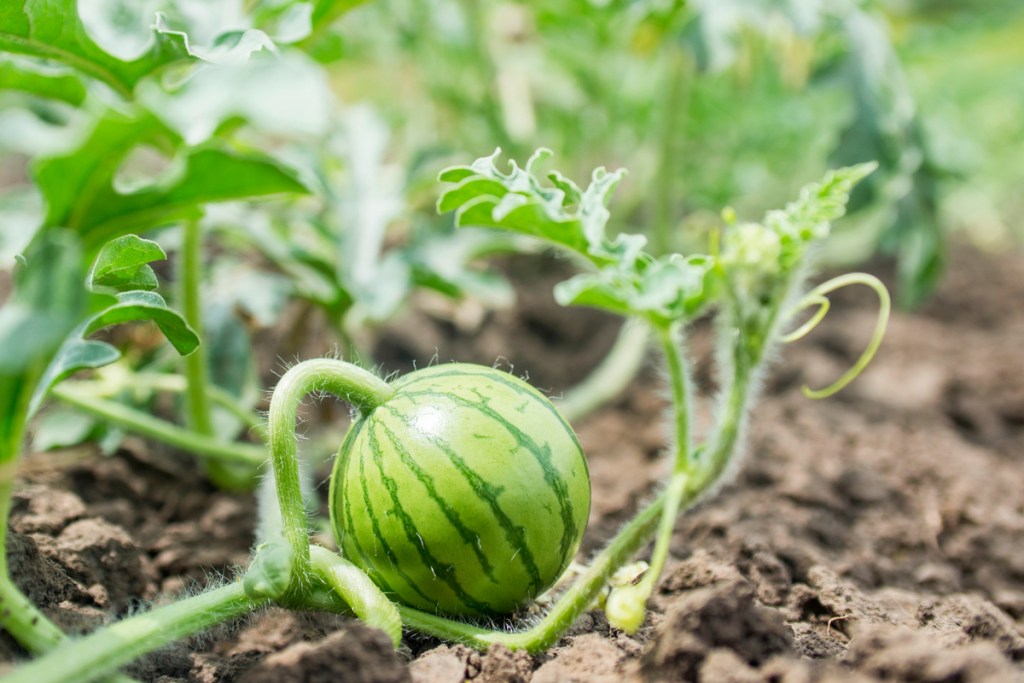
Edible plants
While there are tender herbs that will completely bolt in afternoon sun, there are also edible plants that can thrive with the extra light and heat exposure. If you’ve always wanted to try your hand at growing your own food, you can start with the following and rest assured they won’t suffer in afternoon sun.
- Abelmoschus esculentu (okra) is a drought-tolerant Southern staple that features slender, finger-like fruits full of seed pods.
- Citrullus lanatus (watermelon) is beloved for its red, juicy flesh and requires lots of sun to grow big fruits and productive yields.
- Physalis philadelphica (tomatillo) features a small and round green or green-purple fruit that needs full sun and good drainage.
- Beta vulgarisvar.cicla(Swiss chard) is known for its assortment of rainbow stem colors and vibrant green leaves.
Afternoon sun can be tough to manage, but some plants love it. Choose the right plants and you’ll enjoy a beautiful, thriving sunny landscape.
Editors' Recommendations
- Spruce up your garden with these gorgeous blue flowers
- Kokedama is an easy and elegant gardening trend that you can try today
- Plant your bacopa now for a sweet-looking display through spring and summer
- Caring for nemesia, a cute and colorful perennial for your flower garden
- Is your propagation station breaking the law? Everything you need to know about plant patents